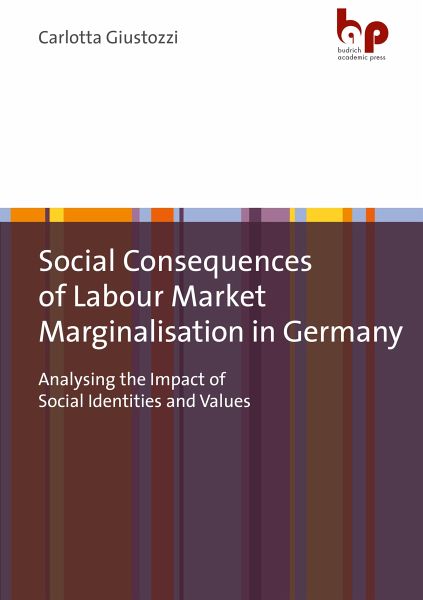
Social Consequences of Labour Market Marginalisation in Germany (eBook, ePUB)
Analysing the Impact of Social Identities and Values
Sofort per Download lieferbar
Statt: 36,00 €**
28,99 €
inkl. MwSt. und vom Verlag festgesetzt.
**Preis der gedruckten Ausgabe (Broschiertes Buch)
Alle Infos zum eBook verschenkenWeitere Ausgaben:

PAYBACK Punkte
0 °P sammeln!
Das Buch untersucht die sozialen Folgen von Arbeitsmarktmarginaliserung für nahe soziale Beziehungen und gesellschaftliche Partizipation in Deutschland. Dabei zeigen Mehrebenenmodelle und Längsschnittanalysen, die individuelle, haushaltsbezogene und regionale sozio-ökonomische Faktoren analysieren, dass finanzielle Schwierigkeiten nur marginal soziale Exklusion erklären können. Vielmehr sind soziale Rollen, Normen und Identität ausschlaggebend für eine Arbeitsmarktmarginalisierung.
Dieser Download kann aus rechtlichen Gründen nur mit Rechnungsadresse in A, B, BG, CY, CZ, D, DK, EW, E, FIN, F, GR, HR, H, IRL, I, LT, L, LR, M, NL, PL, P, R, S, SLO, SK ausgeliefert werden.













